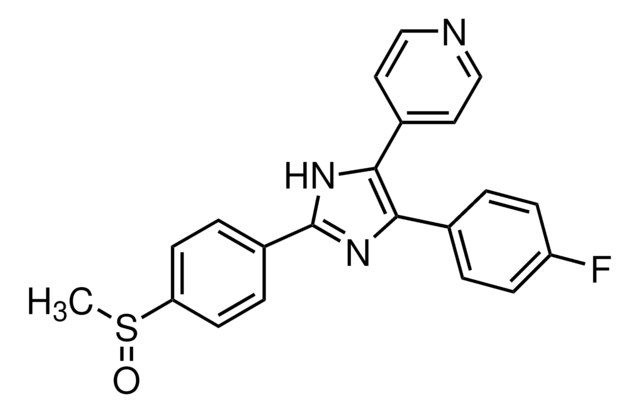124018
Akt Inhibitor VIII, Isozyme-Selective, Akti-1/2
Akt Inhibitor VIII, Isozyme-Selective, Akti-1/2, CAS 612847-09-3, is a cell-permeable, reversible inhibitor of Akt1/Akt2 (IC₅₀ = 58 nM, 210 nM, & 2.12 µM for Akt1, Akt2, and Akt3, respectively).
Synonym(s):
Akt Inhibitor VIII, Isozyme-Selective, Akti-1/2, 1,3-Dihydro-1-(1-((4-(6-phenyl-1H-imidazo[4,5-g]quinoxalin-7-yl)phenyl)methyl)-4-piperidinyl)-2H-benzimidazol-2-one, Akti-1/2
About This Item
Recommended Products
Quality Level
assay
≥95% (HPLC)
form
solid
manufacturer/tradename
Calbiochem®
storage condition
OK to freeze
protect from light
color
yellow
solubility
DMSO: 5 mg/mL
shipped in
ambient
storage temp.
2-8°C
InChI
1S/C34H29N7O/c42-34-39-26-8-4-5-9-31(26)41(34)25-14-16-40(17-15-25)20-22-10-12-24(13-11-22)33-32(23-6-2-1-3-7-23)37-29-18-27-28(36-21-35-27)19-30(29)38-33/h1-13,18-19,21,25H,14-17,20H2,(H,35,36)(H,39,42)
InChI key
BIWGYFZAEWGBAL-UHFFFAOYSA-N
General description
Biochem/physiol Actions
Akt1, Akt2, Akt3
Packaging
Warning
Reconstitution
Other Notes
Logie, L., et al. 2007. Diabetes56, 228.
Barnett, S.F., et al. 2005. Biochem. J.385, 399.
DeFeo-Jones, D., et al. 2005. Mol. Cancer Ther.4, 271.
Zhao, Z., et al. 2005. Bioorg. Med. Chem. Lett.15, 905.
Lindsley, C.W., et al. 2005. Bioorg. Med. Chem. Lett.15, 761.
Legal Information
wgk_germany
WGK 3
flash_point_f
Not applicable
flash_point_c
Not applicable
Certificates of Analysis (COA)
Search for Certificates of Analysis (COA) by entering the products Lot/Batch Number. Lot and Batch Numbers can be found on a product’s label following the words ‘Lot’ or ‘Batch’.
Already Own This Product?
Find documentation for the products that you have recently purchased in the Document Library.
Customers Also Viewed
Our team of scientists has experience in all areas of research including Life Science, Material Science, Chemical Synthesis, Chromatography, Analytical and many others.
Contact Technical Service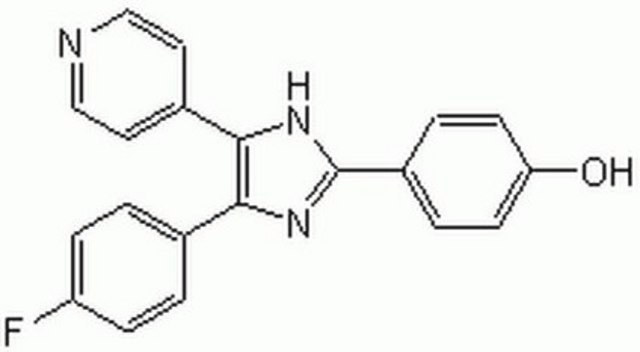

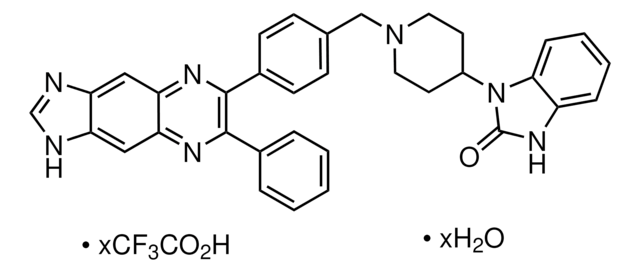
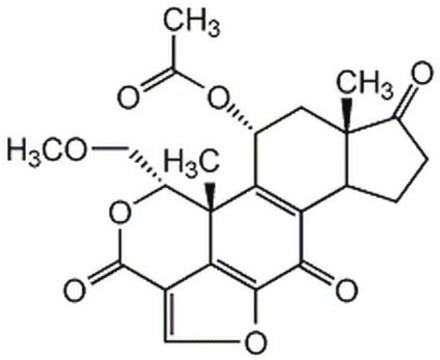
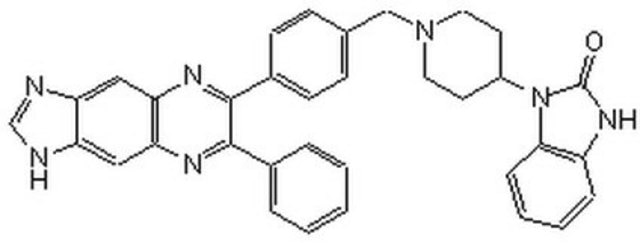
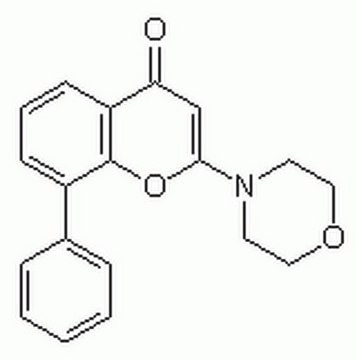
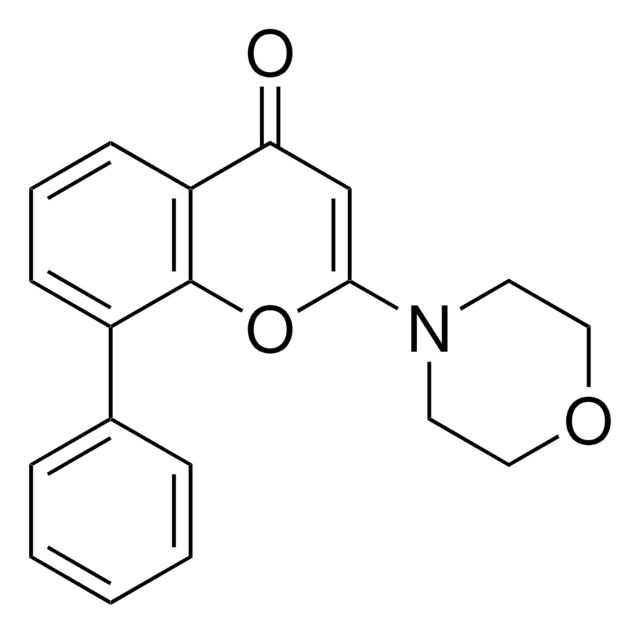


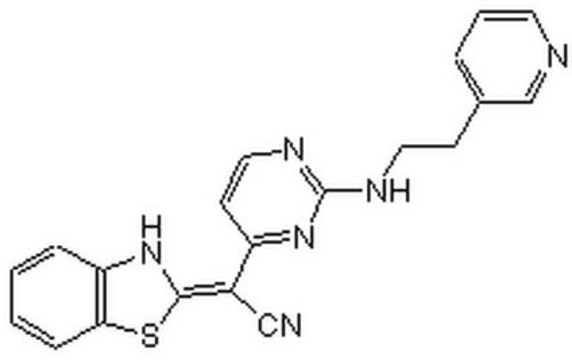
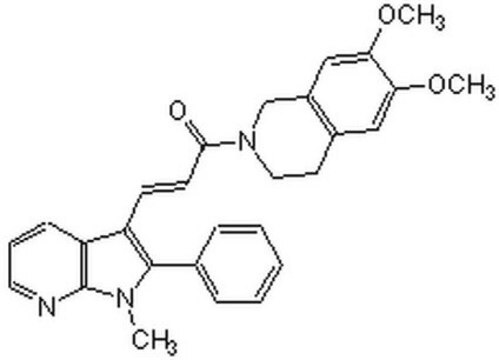
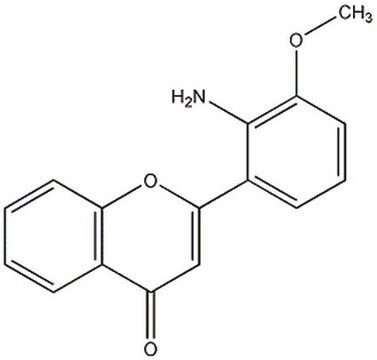
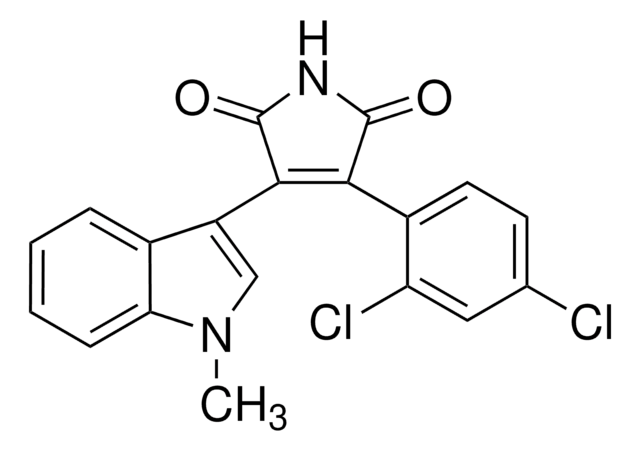
![PERK Inhibitor I, GSK2606414 GSK2606414 is a cell-permeable, highly potent inhibitor of EIF2AK3/PERK (IC₅₀ = 0.4 nM; [ATP] = 5 µM). Targets PERK in its inactive DFG conformation at the ATP-binding region.](/deepweb/assets/sigmaaldrich/product/structures/180/559/efa716dc-d5fe-4339-a6f0-0103084fc04a/640/efa716dc-d5fe-4339-a6f0-0103084fc04a.png)
